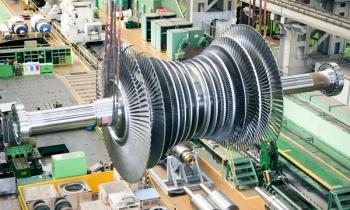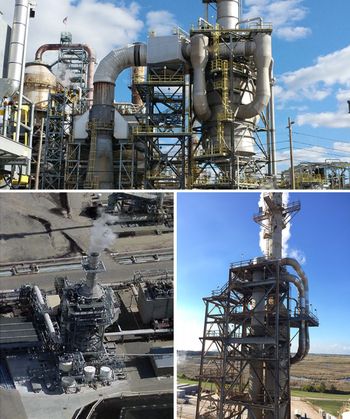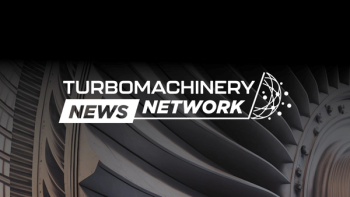
- November/December 2024
- Volume 65
- Issue 7
Turbomachinery International: November/December 2024
The November/December 2024 issue highlights emerging decarbonization efforts that integrate hydrogen, ammonia, and new technologies into increasingly intermittent grids.
Turbomachinery International’s final edition of the year is here: November/December 2024. This issue focuses on decarbonized turbomachinery and the future of hydrogen in power generation.
In our cover story, Peter Kutne of the German Aerospace Center and Giuseppe Tilocca of ETN Global identify four key pre-conditions for hydrogen power plants:
- Large-scale hydrogen production
- Extensive hydrogen transportation infrastructure
- Options for hydrogen storage
- Hydrogen as a commodity
They highlight hydrogen combustion and integration into power plants, including advancements and challenges, and give an inside look at global blue and green hydrogen projects and new machinery in the pipeline by country, OEM, and launch date.
Our
Our Q&A details MAN Energy Solutions’
“An advantage for AmmoniaMot 2 is to have the two-stroke engine development in parallel to the project,” said Christian Kunkel, Head of Combustion Development and Four-Stroke R&D. “As far as ammonia is concerned, we can copy and adapt some of the technical concepts and ideas from two-stroke engine development, mainly in the fields of safety concepts, compatibility of materials, and lube oil.”
Pavini Shah of Ingersoll Rand gives a top-level overview of how advanced compressor technologies can lower energy usage, carbon emissions, and cost. In addition to traditional systems like variable-speed drives and heat recovery, Shah said cooling technologies can lower operating temperatures and minimize the energy required for compression. She also stressed the three Cs: commitment to sustainability, continuous innovation, and collaboration.
Tangential to decarbonization, Amin Almasi’s Turbo Tips column discusses how to simplify, re-configure, and eliminate components to improve turbomachinery operation. He targets simplifications in spacing and configuration, assembly, and mechanisms, and explains how sensors, predictive maintenance, and proper alignment reinforce machine reliability. The concluding case study showcases the benefits of removing unnecessary components, specifically a safety clutch that caused operational failures in a turbomachinery package.
Finally, the Myth Busters Klaus Brun and Rainer Kurz address a hotly debated topic in alternative fuels: hydrogen transport and storage. Due to hydrogen’s challenging elemental properties, it cannot be handled without care and requires extensive modifications within global transportation and pipeline networks. In summation, “Hydrogen transport and storage are not trivial! They are technically challenging and present significant operational and safety issues that need to be addressed before large-scale hydrogen transport, storage, and distribution can become commercially viable.”
Articles in this issue
11 months ago
Myth: Hydrogen Handling is EffortlessNewsletter
Power your knowledge with the latest in turbine technology, engineering advances, and energy solutions—subscribe to Turbomachinery International today.




